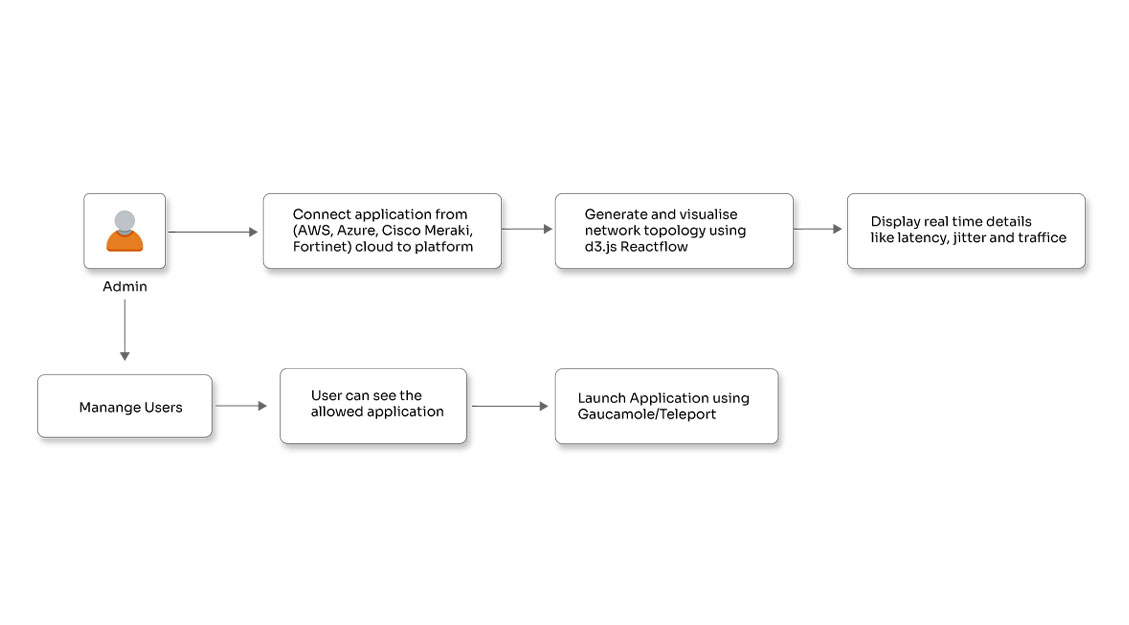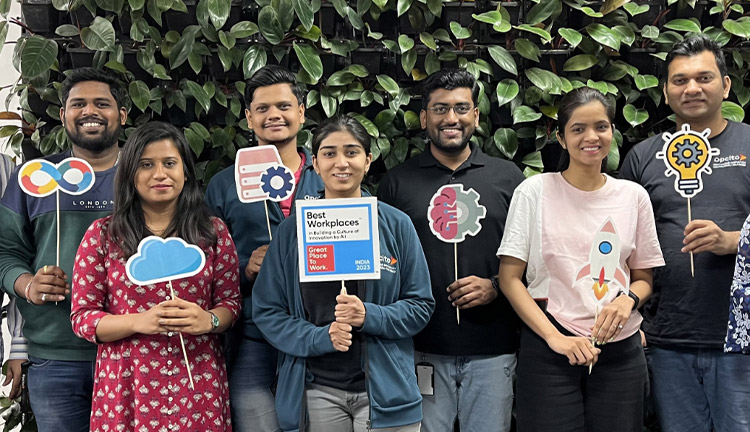Why you need CNAPP to secure your cloud

Posted By
Abhijit Kharat

A Cloud-Native Application Protection Platform (CNAPP) is a security and compliance solution that helps teams build, deploy, and run secure cloud-native apps like containers, microservices, and serverless. It combines multiple tools, including CSPM, CIEM, IAM, CWPP, and data protection, into a single all-in-one cloud security solution to reduce complexity and support DevOps and DevSecOps teams.
According to MarketsAndMarkets, the global CNAPP market is expected to grow from $7.8 billion in 2022 to $19.3 billion by 2027, driven by the increasing prevalence of cyber threats. As a result, CNAPP will simplify and strengthen cloud security for platforms that rely on cloud software. Let’s dive into why it matters and how it works.
Why cloud security needs a fresh approach through CNAPP
Cloud-native apps power everything from online payments to patient portals. They’re fast and flexible, but they come with new risks. Old-school security tools, traditional monolith systems built for traditional data centers, can’t keep up with today’s dynamic clouds. CNAPP combines solutions like Cloud Security Posture Management (CSPM) and Cloud Workload Protection Platform (CWPP) into one platform. It’s like a security hub for your entire cloud setup.
The problems CNAPP solves
CNAPP solutions have simplified cloud security, making it easy to understand. Core business problems need to be solved, and CNAPP goes a long way to assist in this process.
- Tool sprawl: Too many security tools create chaos and slow teams down. CNAPP pulls CSPM, CIEM, IAM, and CWPP into one platform, making security smooth and simple.
- Lack of end-to-end protection: Traditional methods leave gaps and fail to secure data across its entire lifecycle. CNAPP locks down the entire app lifecycle with strong access controls, encryption, and constant monitoring.
- Visibility gaps: Cloud setups often hide threats in hard-to-see corners. CNAPP shines a light with real-time logs and traffic monitoring, catching risks before they grow.
- Developer responsibility: Developers need tools to build secure apps without slowing down. CNAPP fits perfectly because it integrates security into workflows with early error detection and runtime visibility.
- New security risks: Cloud-native setups constantly open doors to unique attack paths and techniques to disrupt, like those targeting AI workloads. CNAPP's ability to provide anomaly detection and tailored threat response for modern cloud threats puts it in a favorable position to be adopted across the board.
- Blind spots from agent-based tools: Agent-based solutions miss unprotected cloud resources. CANPP uses agentless scanning to ensure complete coverage and spot hidden vulnerabilities.
- Siloed tools and operations: Standalone tools create silos and operational headaches. CNAPP integrates security functions into one platform, streamlining processes and reducing overhead.
- Alert fatigue: Too many alerts make it hard to focus on real threats. CNAPP prioritizes risks with context, helping teams tackle critical issues first.
- Security-developer gaps: Security and developer teams often work in isolation, causing delays. CNAPP embeds security into CI/CD pipelines, aligning teams and catching issues early.
How CNAPP works
CNAPP keeps your cloud-native apps safe by checking every part, from code to live systems. It scans code, APIs, and workloads, uses AI to find risks like weak Kubernetes setups or exposed AI models, and sorts them by urgency. Then, it either fixes problems on its own or shows your team what to do. Here’ are CNAPP's core components:
- CSPM: Spots misconfigurations to meet standards like HIPAA or PCI-DSS.
- CWPP: Guards containers, serverless apps, and VMs in real time (cloud workload security).
- CIEM: Tightens access with Zero Trust principles.
- KSPM: Strengthens Kubernetes setups (Kubernetes security).
- AI-SPM: Protects AI models, especially smart, agentic ones.
- IaC Scanning: Identifies issues in infrastructure-as-code before deployment.
Challenges of implementing CNAPP
Adopting CNAPP can revolutionize cloud security, but organizations often face hurdles that require careful planning. Here are the most common challenges businesses encounter and how to tackle them:
- Team resistance: Some teams stick to familiar tools, doubting CNAPP’s value. Demonstrating how CNAPP accelerates tasks such as compliance checks can help build buy-in.
- Choosing the right CNAPP: Not every CNAPP covers all needs, like Kubernetes or AI security. Researching vendors to match your specific use cases can be challenging, but it ensures a good fit.
- Workflow integration: Shifting to CNAPP means updating security processes, which can feel complex and pressurize departments. Starting with small integrations, guided by experts like Opcito, eases the transition.
- Learning curve: CNAPP’s wide range of tools can overwhelm teams at first. Training and hands-on support help engineers master its features quickly.
- Cost concerns: CNAPP adoption may seem expensive compared to existing tools. But, focusing on long-term savings, such as reduced breach risks, justifies the investment.
- Vendor lock-in risks: Committing to one CNAPP vendor might limit future options. Opting for platforms with open integrations reduces dependency and keeps flexibility.
Opcito’s perspective on CNAPP
CNAPP is your best bet to securing cloud-native apps in 2025 and beyond. It brings all security tools into one place, protects AI workloads, and keeps teams on the same page. At Opcito, we care about making cloud security simple and effective for businesses. Our cloud-native and DevSecOps expertise lets us customize CNAPP to fit customers' unique needs. We integrate CNAPP into workflows, so DevOps and security teams can move fast without worry. Explore our DevOps and SRE services to see how we can support your journey. Contact Opcito for a free CNAPP assessment to get started.




















